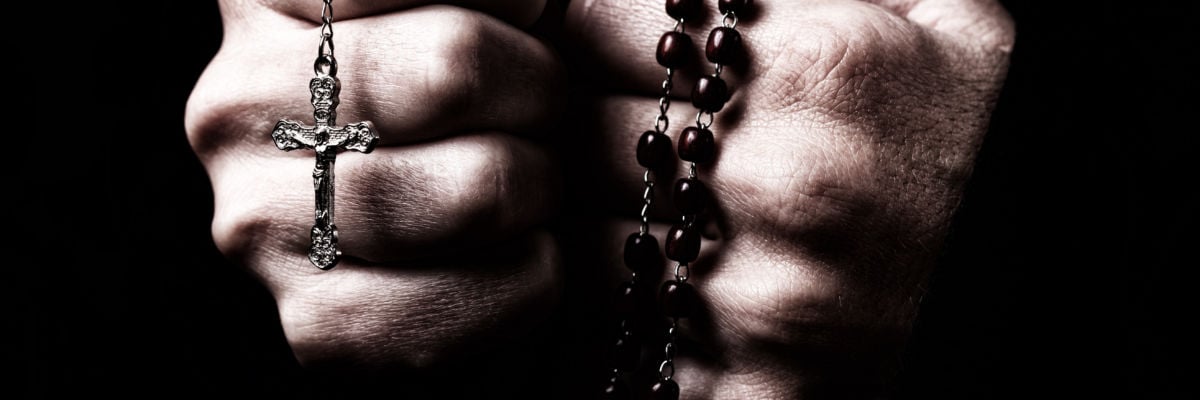www.catholic.com/qa/why-is-the-rosary-referred-to-as-the-poor-mans-psalter-0

Question:
I recently heard a priest refer to the rosary as a "poor man's psalter." What did he mean?
Answer:
A psalter is a book that contains the 150 Psalms. Before printing was invented, books were fabulously expensive. Most of the world was illiterate and poor, and poor men did not own books. Often only monastic communities and churches had books. The book of the Psalms was used for the daily recitation of prayers (something that continues today).
The common folk wanted to pray daily like the monks but had no books to read the psalms from. Not up to memorizing all 150 Psalms, they recited an Our Father or Hail Mary in the place of each psalm.
They strung 150 beads together, one for each psalm, so they could keep count. Other prayers and meditations were added to this beaded string of 15 decades, until we arrived at the rosary we have today.
Enjoying this content? Please support our mission!Donatewww.catholic.com/support-us


